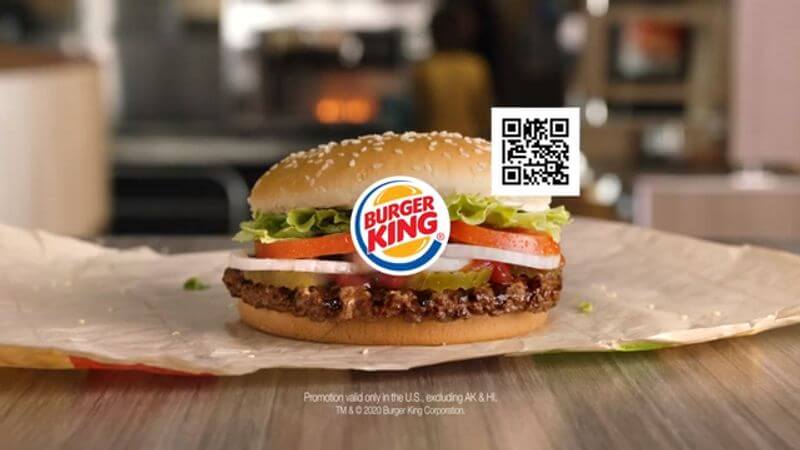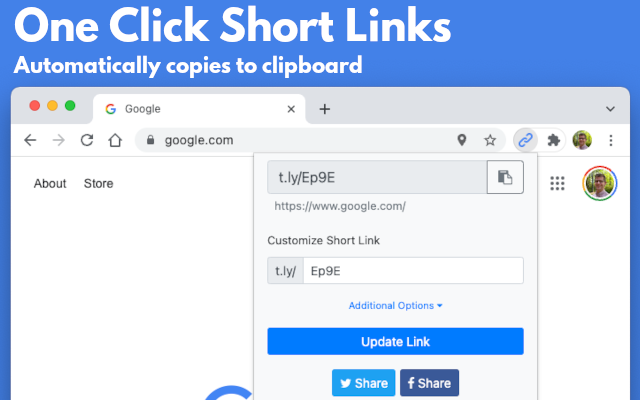
QR Codes: The Ultimate Guide and Their Impact on Modern Marketing
In today’s fast-paced, digital world, QR codes have become essential for businesses and marketers. As a result, it is crucial to understand what QR codes are, how they work, how to create a QR code using T.LY’s free QR code generaror, how to make a QR code for a link, and the powerful ways in which they are transforming modern marketing. In this comprehensive guide, we will delve into the world of QR codes, examine their impact on contemporary marketing, and explore current trends and future predictions. With compelling statistics and case studies, we will demonstrate how you can harness the power of QR codes to propel your marketing strategy forward.
What Are QR Codes and How Do They Work?
Quick Response (QR) codes are two-dimensional barcodes that store information in a machine-readable format. Initially developed in 1994 by the Japanese company Denso Wave, QR codes have since gained widespread popularity due to their ability to store large amounts of data and ease of use. These codes can be scanned using a smartphone or dedicated QR code reader, instantly directing users to a website, app, or other digital destination.
QR codes work by encoding data into a pattern of black and white squares, which can then be read by a scanner or smartphone camera. Typically, QR codes store URLs but can also contain other data types, such as text, email addresses, and phone numbers. A great option is to use a URL shortener in the QR code, so once the material is printed, you can easily update the redirect URL. As a result, they offer a seamless, efficient way for businesses to connect with consumers, share information, and drive engagement.
The Impact of QR Codes on Modern Marketing
Over the past few years, QR codes have revolutionized the marketing landscape. According to a study conducted by Juniper Research, an estimated 5.3 billion QR code coupons were redeemed by smartphones in 2020. Moreover, the QR code market is projected to grow at a CAGR of 9.8% from 2021 to 2028, reaching $3.7 billion by 2028, according to Grand View Research.
There are several reasons behind the rising prominence of QR codes in marketing:
Versatility: QR codes can be used in a wide range of marketing materials, from print ads and billboards to the product packaging and event tickets. This versatility allows marketers to experiment with different touchpoints and maximize their reach.
Easy access to digital content: QR codes bridge the gap between the physical and digital worlds, allowing marketers to connect with customers more effectively and effectively. Users can instantly access digital content by scanning a QR code, such as websites, videos, and social media profiles.
Enhanced customer experience: QR codes make it simple for consumers to engage with brands, streamlining the customer journey and fostering loyalty. For example, QR codes can provide quick access to product information, promotions, and customer support, making it easier for customers to find what they need and make informed decisions.
Trackable results: Unlike traditional marketing methods, QR codes enable marketers to track user engagement and gather valuable data. This information can be used to optimize campaigns, analyze customer behavior, and make data-driven decisions.

Case Studies Demonstrating the Power of QR Codes in Marketing
To truly appreciate the impact of QR codes on modern marketing, let’s examine a few success stories:
PepsiCo: In 2018, PepsiCo launched a QR code campaign in partnership with Snapchat, encouraging consumers to scan codes on specially marked Pepsi cans to unlock exclusive Snapchat filters and lenses. The campaign was a hit, generating a 45% increase in participating product sales.
Burger King: In 2020, Burger King introduced a QR code-based campaign that allowed customers to scan codes on their food packaging and earn rewards points. This campaign proved highly successful, with a 35% increase in app downloads and a significant boost in customer loyalty.

IKEA: The furniture giant IKEA utilized QR codes in their print catalogs to enhance the customer experience. By scanning the codes, customers could access additional product information and videos and visualize how the furniture would look in their homes using augmented reality. This innovative approach led to a 24% increase in online sales within the first six months of the campaign.
Coinbase: the cryptocurrency exchange harnessed QR codes in their 2023 Super Bowl commercial to generate excitement about digital currencies and captivate audiences. The advertisement showcased a hovering QR code against a minimalist backdrop. When viewers scanned the code, they were redirected to a specific page on Coinbase’s website. The commercial highlighted the potency of blending innovative technologies, such as QR codes, with established advertising channels to craft a distinctive and engaging marketing experience.
Current Trends and Future Predictions for QR Codes in Marketing
As QR codes continue to gain traction, several key trends and predictions are shaping the future of marketing:
Personalized QR codes: As marketers seek to deliver more targeted and customized experiences, we can expect to see an increase in the use of unique, customized QR codes. These codes can be tailored to individual users, providing personalized content and offers based on their preferences and purchase history.
QR codes in email marketing: Integrating QR codes into email campaigns can help drive customer engagement by providing a seamless transition from the inbox to digital content. This trend is expected to grow as marketers look to create more interactive and immersive email experiences.
QR codes and the Internet of Things (IoT): With the rapid expansion of IoT devices, we can anticipate the increased use of QR codes to connect these devices and facilitate seamless interactions. For example, QR codes can initiate IoT-based processes, such as connecting to a Wi-Fi network or pairing devices.
Enhanced security and privacy: As the use of QR codes grows, so does the need for improved security and privacy measures. We can expect to see the development of more secure QR code technologies, such as encrypted QR codes, to protect user data and ensure privacy.
In summary, QR codes have emerged as a powerful marketing tool, offering versatility, easy access to digital content, enhanced customer experiences, and trackable results. With impressive statistics and successful case studies, it is clear that QR codes are here to stay and will continue to shape the future of marketing. By visiting and being informed about current trends and predictions, you can leverage the power of QR codes to elevate your marketing strategy and drive results for your business.
By embracing this innovative technology, businesses and marketers can stay ahead of the curve, deliver personalized experiences, and, ultimately, forge stronger connections with their customers. Now is the time to harness the potential of QR codes and transform your marketing efforts for the digital age.
Related Posts
Tim Leland
Ready to improve how you manage links?
T.LY URL Shortener makes long links look cleaner and easier to share! Add your own Custom Domains to personalize your brand. Create Smart Links to customize a URL's destination. Generate QR codes to promote your business.
Sign Up for Free







